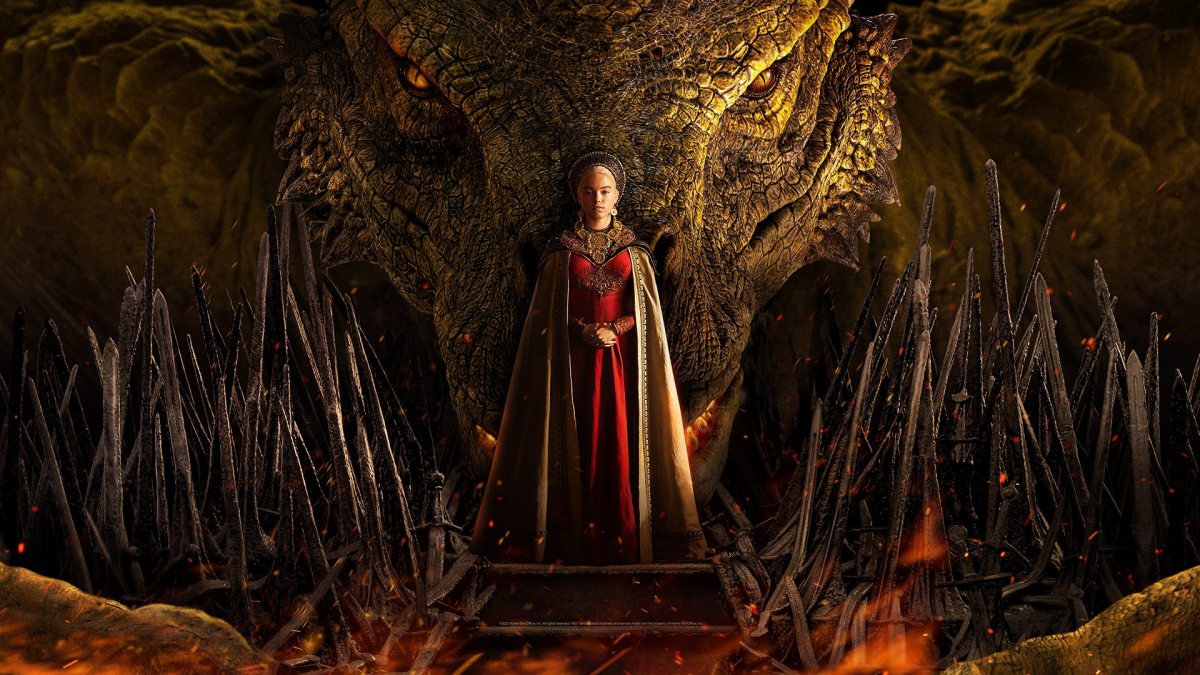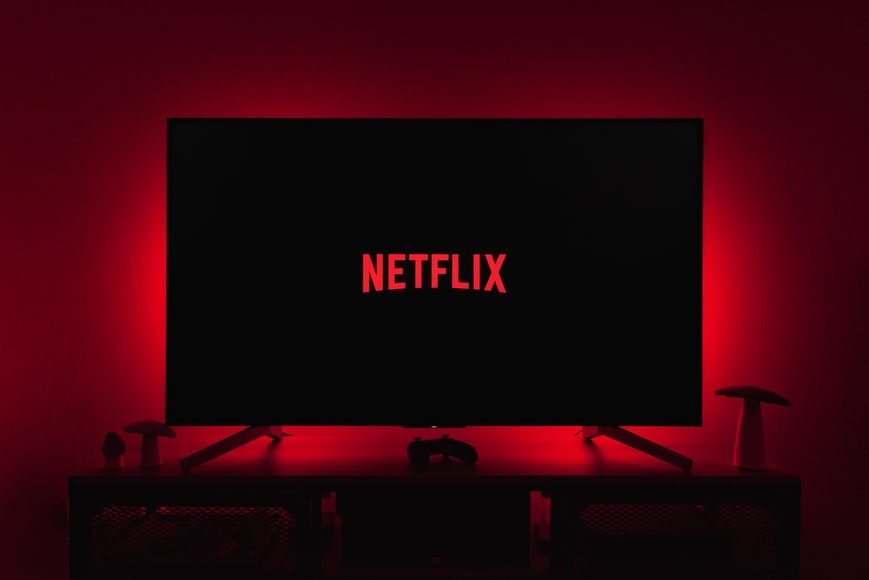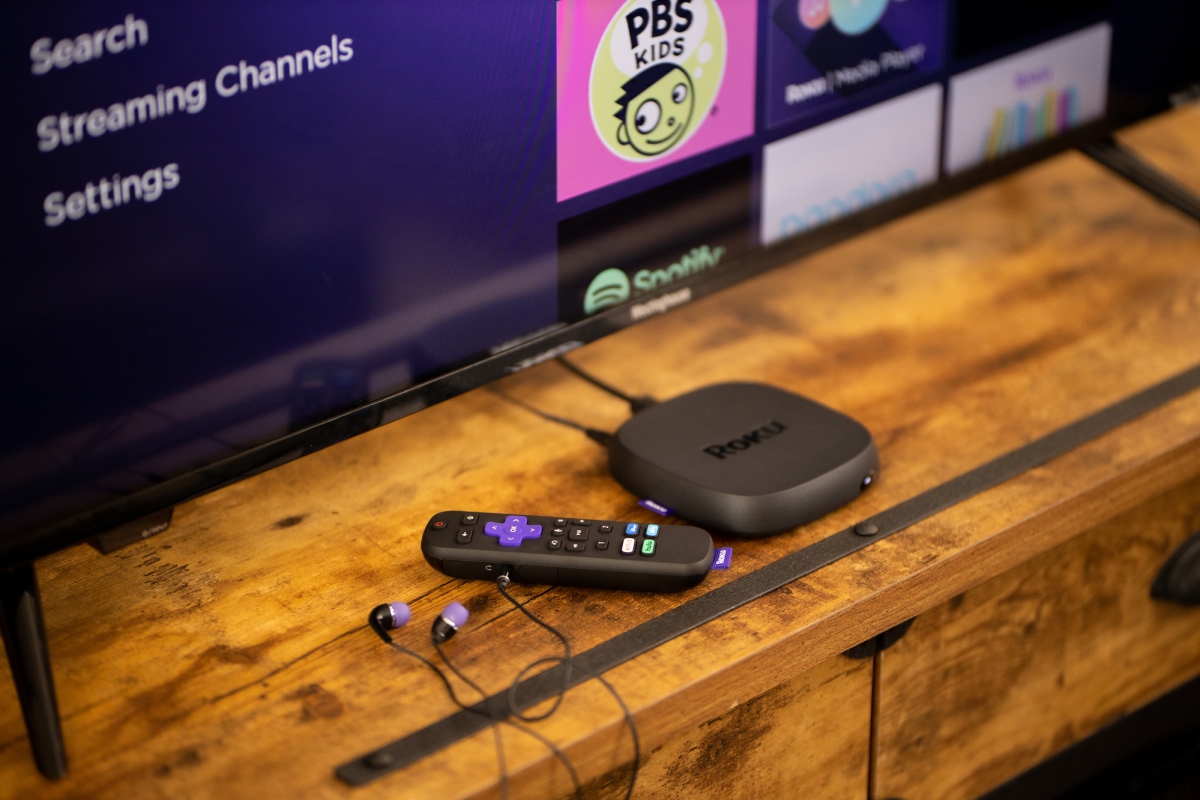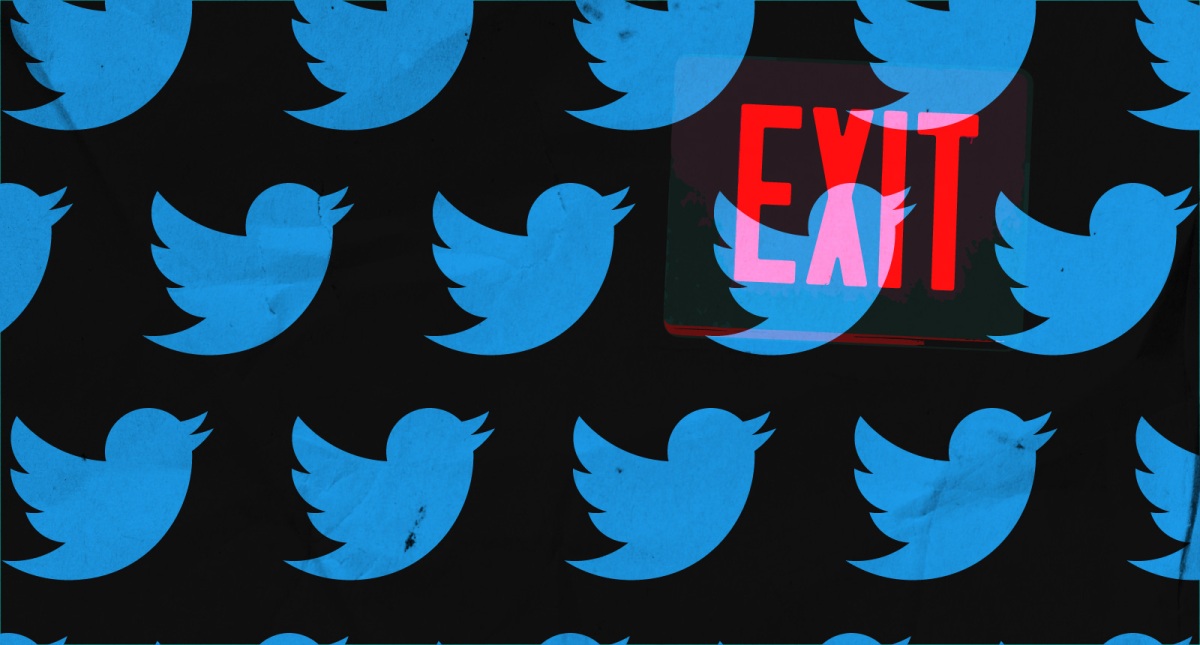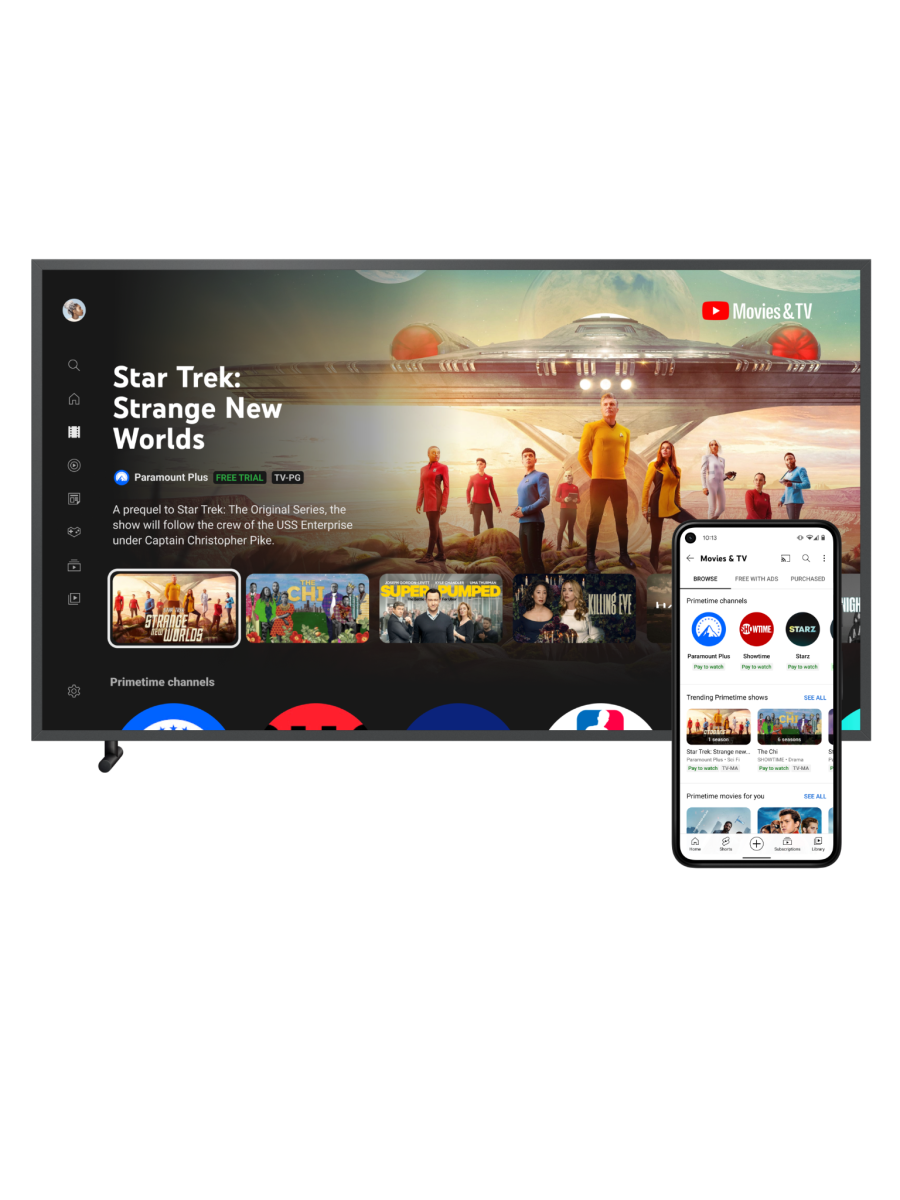Warner Bros. Discovery falls short of expectations in Q3 despite success of “Game of Thrones” spinoff • ZebethMedia
Warner Bros. Discovery (WBD) reported its fiscal quarterly earnings this afternoon– its last one before the company is set to launch a new streaming service next year that combines HBO Max and Discovery+ content. Since Netflix reported decent Q3 results, the market likely anticipated an okay turnout for WBD. However, it’s clear the company fell short. HBO, HBO Max and Discovery+ ended the third quarter with a combined net add of 2.8 million global subscribers, bringing the total to 94.9 million, up from 92.1 million in Q2. However, Wall Street anticipated a net add of 3.27 million subscribers. Last quarter, the company reported a loss of 300,000 domestic subscribers, bringing the total to 53 million. The new total is 53.5 million domestic subs. WBD stock has dropped 49% year-to-date. Analysts were bullish on revenue and expected $10.51 billion, which would have been a 233.6% jump year over year. WBD sorely missed expectations and reported a total of $9.82 billion. After reporting a net loss of $3.4 million in Q2, WBD’s net loss of $2.4 million this quarter isn’t as bad—we guess. Overall, WBD has a gross debt load of around $50.4 billion, the company noted. This is a promising improvement from the previous $53 debt load. The company has said it wanted to slash $3 billion worth of costs over the next two years. WBD has ramped up its restructuring efforts, including canceling HBO Max titles and cutting down its workforce. Most recently, 14% of staff working under HBO and HBO Max chief content officer Casey Bloys were laid off. “While we have lots more work to do, and there are some difficult decisions still to be made, we have total conviction in the opportunity ahead,” CEO David Zaslav said in today’s letter. On the bright side, HBO’s “Game of Thrones” spinoff series, “House of the Dragon,” garnered record-breaking viewership numbers. The series premiere had 10 million viewers, and the finale had 9.3 million. The entire series overall had an average of around 29 million viewers in the U.S., the company wrote in its letter to shareholders. This is likely why “House of the Dragon” will get a second season, with rumors that six more spin-offs are on the way. The company also announced yesterday that it is collaborating with NFT platform Nifty’s to launch “Game of Thrones” NFTs for fans to collect customizable avatars inspired by characters from the series, weapons, companions, gear and more. This comes a week after Warner Bros. launched “Lord of the Rings” NFTs, another popular franchise that’ll likely help the company earn revenue. Also, Zaslav made a smart move with the recent hire of James Gunn and Peter Safran as co-chairmen and chief executive officers of DC Studios. Gunn is a top filmmaker in the industry, with tons of impressive superhero titles under his belt. Safran will also make an excellent addition to the studio since he’s produced “Shazam” and “Aquaman.” After years of working with Disney’s Marvel, Gunn turning over to Warner Bros.’ DC Entertainment marks a crucial moment for the company. Plus, after the extremely disappointing news that “Batgirl” was canceled, Zaslav has to work hard to get DC fans back on his side.
